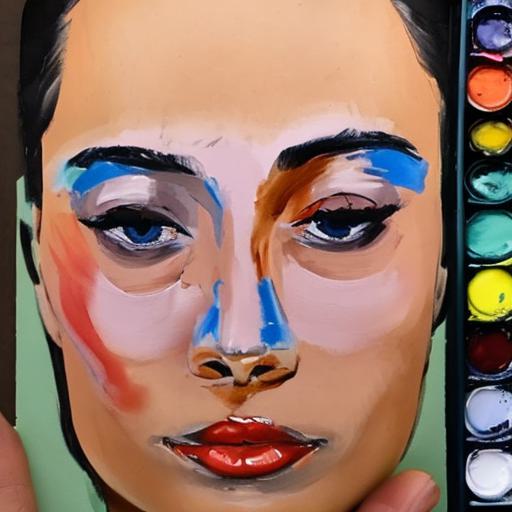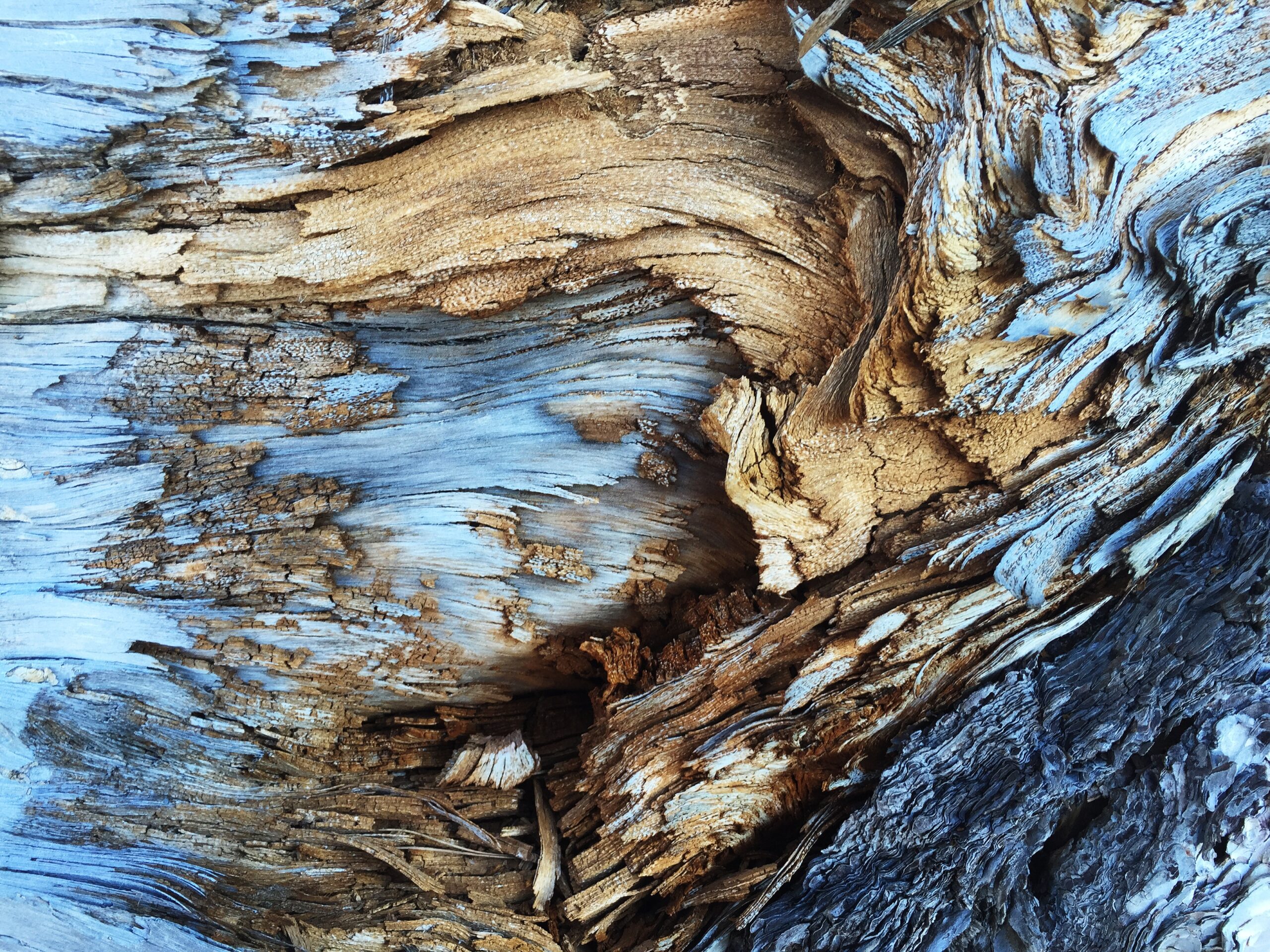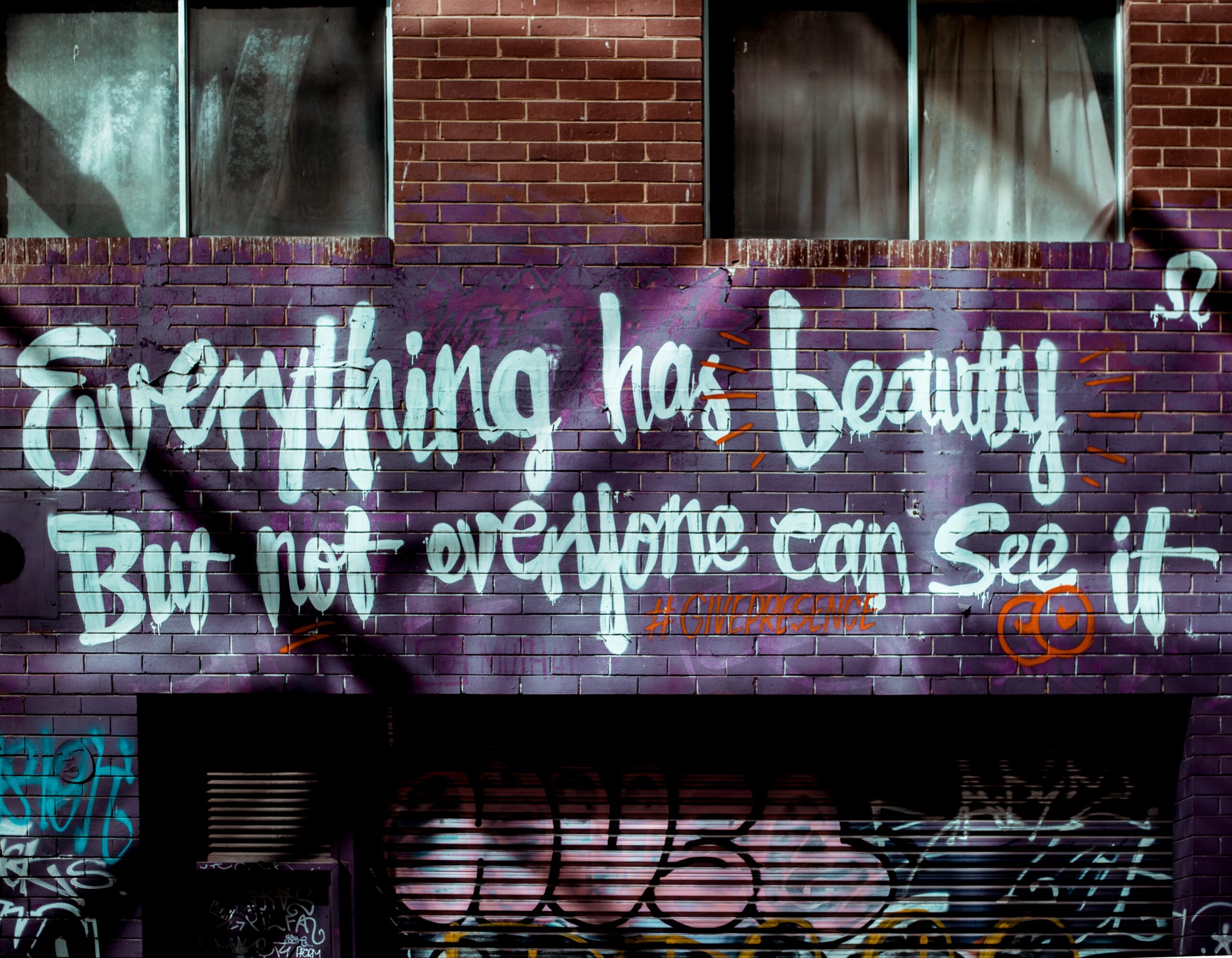One of the key aspects of using gouache paint is its opacity. Gouache is known for its ability to produce vibrant and opaque colors, making it a popular choice for artists looking to create bold and striking artworks. However, there may be instances where you find that your gouache paint isn’t as opaque as you’d like it to be. In this article, you will discover effective techniques and tips on how to make your gouache paint more opaque, allowing you to achieve the desired level of intensity and coverage in your artwork.

Choosing the right gouache paint
When it comes to choosing the right gouache paint, one of the most important factors to consider is the pigment quality. High-quality pigments will have better opacity, allowing you to achieve vibrant and opaque colors in your paintings. Look for paints that are labeled as “artist-grade” or “professional-grade” as these tend to have higher-quality pigments.
Another important consideration is the opacity of the paint formula. Gouache paints can vary in opacity, so it’s important to choose a high-opacity formula if you want to achieve solid coverage and opaque colors. Look for paints that indicate high-opacity or opaque on the label.
Additionally, it’s beneficial to look for opaque colors specifically. These colors have a higher concentration of pigment and will naturally have better coverage and opacity. Some popular opaque colors in gouache paint include Titanium White, Cadmium Yellow, and Cadmium Red.
Preparing the painting surface
Before you start painting with gouache, it’s important to prepare the painting surface to ensure optimal results. using a thick, sturdy paper or board will help prevent the paint from bleeding through. Ideally, choose a paper or board specifically made for gouache or watercolor painting, as these are designed to handle the moisture of the paint.
To further prepare the painting surface, applying gesso or a similar primer is recommended. Gesso helps create a smooth and even surface, allowing the paint to adhere better and reducing the likelihood of the paint soaking into the paper. apply gesso with a brush or sponge, ensuring an even and thin layer.
Once the primer is dry, it’s beneficial to smooth out the surface. Gouache paint can sometimes show brush strokes, especially on rough surfaces. Using sandpaper or a fine-grit sanding block, gently sand the surface to create a smoother finish. This will help achieve a more polished look in your paintings.
Layering techniques for opacity
Layering is a key technique when it comes to achieving opacity with gouache paint. By layering multiple coats of paint, you can build up the opacity and create vibrant and solid colors in your artwork. Here are some tips for effective layering:
Start with a base layer of white. Applying a thin layer of white paint as your first layer helps create a solid foundation for your colors. This base layer will provide a bright and opaque background for subsequent layers.
Apply multiple layers of paint. Depending on the desired level of opacity, you may need to apply several layers of paint. Each layer should be allowed to dry completely before adding the next to avoid muddying the colors.
Allow each layer to dry before adding the next. Patience is key when working with gouache paint. Allowing each layer to dry completely before adding the next ensures that the paint layers remain distinct and separate, resulting in a more opaque and vibrant final result.
Mixing colors for opacity
In addition to layering techniques, mixing colors strategically can also help achieve opacity in your gouache paintings. Here are some tips for mixing colors for maximum opacity:
Blend opaque colors with white. When mixing colors, blending opaque colors with white can help enhance their opacity. This technique is particularly useful when working with semi-transparent colors or when trying to lighten a color without sacrificing its opacity.
Use a limited color palette. Working with a limited color palette can make it easier to control the opacity of your paint. By sticking to a few key colors, you can familiarize yourself with their opacity and how they interact with each other. This will also help create a harmonious and cohesive color scheme in your artwork.
Experiment with different color combinations. Gouache paints can be mixed to create a wide range of colors. By experimenting with different color combinations, you can discover new shades and tones that work well together and maintain their opacity. It’s important to keep a record of your color mixes for future reference.

This image is property of images.unsplash.com.
Adding additional mediums
To further enhance the opacity of your gouache paintings, you can incorporate additional mediums into your painting process. These mediums can alter the properties of the paint, resulting in a more opaque finish. Here are some mediums to consider:
Incorporate opaque mediums. Opaque mediums, such as opaque gel or heavy body medium, can be added to your gouache paint to increase its opacity. These mediums thicken the paint and provide a more solid coverage. Experiment with different ratios of paint to medium to find the desired opacity level.
Try adding chalk or powdered marble. Adding a small amount of chalk or powdered marble to your paint mixture can increase its opacity. These additives act as fillers and help create a denser and more opaque paint. Start with small amounts and gradually increase as needed.
Mix in opaque gel or heavy body medium. Opaque gels and heavy body mediums are specially formulated to increase the opacity of paint. Mix these mediums with your gouache paint to achieve a thicker consistency and greater opacity. Be sure to follow the manufacturer’s instructions for the recommended ratios.
Using thicker paint consistency
The consistency of your gouache paint can also affect its opacity. Using a thicker consistency helps maintain the solid coverage and vibrant colors associated with gouache. Here are some tips for achieving the right paint consistency:
Avoid diluting the paint too much. Gouache paint is water-soluble, but diluting it too much can result in reduced opacity. Use water sparingly when thinning the paint, and start with small increments before adding more if needed.
Mix in a little water to improve flow. While it’s important to avoid diluting the paint too much, adding a small amount of water can help improve the flow and workability of the paint. This can make it easier to apply thick, opaque layers.
Use a palette knife to achieve thicker consistency. When mixing your paint, using a palette knife instead of a brush can help achieve a thicker consistency. The palette knife allows you to mix the paint more thoroughly, resulting in a smoother and more opaque paint consistency.

Applying opaque techniques
In addition to the paint properties and consistency, the application techniques you use can also affect the opacity of your gouache paintings. Here are some opaque techniques to consider:
Practice dry brushing. Dry brushing involves using a small amount of paint on a relatively dry brush. This technique allows you to apply thin, translucent layers of paint, which can enhance the opacity of subsequent layers. Experiment with different brush sizes and pressures to achieve the desired effect.
Create texture with impasto technique. The impasto technique involves applying thick layers of paint to create texture and dimension in your artwork. By using thick, opaque paint, you can create areas of solid coverage and enhance the overall opacity of your painting. experiment with different brush strokes and layering techniques to achieve the desired effect.
Experiment with different brush strokes. The way you apply the paint can also affect its opacity. Experiment with different brush strokes, such as cross-hatching or stippling, to create interesting textural effects and enhance the opacity of your artwork. Different brush strokes can also add depth and dimension to your paintings.
Improving the opacity of dried paint
If you find that your dried gouache paint is not as opaque as desired, there are several techniques you can use to improve its opacity. Here are some options:
Add a final layer of opaque paint. If your dried paint layers are not as opaque as you would like, adding a final layer of opaque paint can help enhance the overall opacity of your artwork. Apply the final layer using a brush or palette knife, ensuring an even and solid coverage.
Use acrylic or gouache markers for details. If you need to add fine details to your gouache painting, using acrylic or gouache markers can be a great way to achieve opacity. These markers have a high pigment concentration and can provide solid coverage, making them ideal for adding small details and enhancing the opacity of specific areas.
Apply a varnish for added protection. Applying a varnish to your gouache painting not only adds a layer of protection but can also enhance the opacity of the dried paint. Varnishes specifically designed for gouache or acrylic paintings can help even out any inconsistencies in the paint layers and provide a more uniform and opaque appearance.

This image is property of images.unsplash.com.
Avoiding common mistakes
When working with gouache paint, there are a few common mistakes to avoid that can affect the opacity of your artwork. Here are some things to watch out for:
Using too much water. Gouache paint is water-soluble, but using too much water when mixing or diluting the paint can result in reduced opacity. Use water sparingly and start with small increments before adding more if needed.
Not allowing layers to dry properly. Each layer of gouache paint should be allowed to dry completely before adding the next to avoid muddying the colors and compromising the opacity. Patience is key when working with gouache, as rushing the process can result in less opaque and less vibrant colors.
Overworking the paint. Gouache paint can become muddy and less opaque if overworked. Avoid excessive brushing or blending of wet layers, as this can cause the colors to mix together and lose their individual opacity. Work with purpose and intention, keeping in mind the desired level of opacity.
Experimenting and practicing
To truly master the art of creating opaque gouache paintings, it’s important to experiment with different techniques and styles. Here are some tips for experimentation and practice:
Explore different techniques and styles. Gouache paint offers a wide range of possibilities for artistic expression. Experiment with different techniques, such as layering, dry brushing, or impasto, and explore different styles to find what works best for you. The more you experiment, the more you will understand how to achieve the desired level of opacity in your artwork.
Keep practicing to improve opacity. Like any skill, the key to improving the opacity of your gouache paintings is practice. Continue to paint regularly, focusing on techniques that enhance opacity. With time and practice, you will develop a better understanding of paint layering, color mixing, and application methods, resulting in more opaque and vibrant artwork.
Don’t be afraid to make mistakes. Making mistakes is an essential part of the creative process. Embrace experimentation and don’t be afraid to make mistakes. Learn from them, adapt, and continue to explore new techniques and approaches. The journey to creating opaque gouache paintings is a continuous learning process.
In conclusion, achieving opacity in gouache paint requires careful consideration of factors such as pigment quality, paint formula, layering techniques, color mixing, additional mediums, paint consistency, application techniques, and post-painting enhancements. By understanding and incorporating these elements into your artistic process, you can create vibrant and opaque gouache paintings that showcase your unique style and artistic vision. Remember to experiment, practice, and embrace mistakes along the way, as it is through these experiences that you will truly refine your skills in creating opaque gouache artwork.

This image is property of images.unsplash.com.



